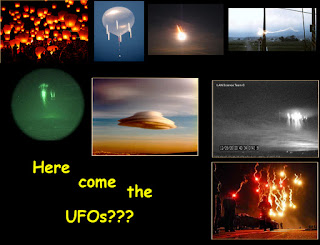Our first stargazer feature is 15 year old Mark Claudel D. Arzadon from San Jacinto Pangasinan. Here is an account of his experiences:
I love astronomy since childhood. When I was 3 years old, my room was filled with luminous stars, planets, moon and galaxies bought by my parents for me and because of that I fell in love with celestial bodies
As I grew older, I became curious about it. I was 9 when I first reported it as a topic in our school (elementary) and I don't know why they were amazed about me because of my knowledge about it and I didn't even know how did made it.
I was 12 when my Dad bought a camera with long exposures and zoom, I just kept on experimenting on my Dad's cam while pointing at the stars, planets and the moon. At this time, I managed to take a picture of a landscape at night time with a background of stars.
I was 13 when I took a picture of a satellite for the very first time like ISS, Iridium and HST. It is also my first time to observe a solar eclipse but not that much.
I was 14 when I observed a solar eclipse in detail. It was also my first time to take a picture of planets like Jupiter, nebula like Orion Nebula, star clusters like Pleiades.
Now, I'm 15, I observed a lunar eclipse in full detail for the very first time. After Jupiter, I also took a photo of Venus, Saturn and Uranus in this year but it is not in high resolution..
Way back in 2007 I saw the very first fireball in my life. I didn't have any idea about it. It was the event that opened my eyes to gaze upon the skies. I was walking in the streets along with my little brother after buying snacks when I saw that bright fireball and I was stunned by its beauty.
It was on December 14, 2009 when I saw a spectacular fireball (yellowish, and like a bolide and disappeared after 10 seconds) while we were on the way home from the beach during twilight. I was gazing up while listening to ambient music when I saw it. It was sign of the coming Geminids.
December 28, 2009: 3rd Fireball sighting, when me, my dad, and my little brother were stargazing, we saw a silvery-white bright fireball just before Quadrantids, This is when I'm experimenting on Radio Propagation for meteors, I was listening to a blank frequency on the radio when i heard a "Ping" right after it. I learned that technique on spaceweather.
May 17, 2010: 4th fireball and the most spectacular
I will never forget this fireball in my life, I saw it when I was riding in a bicycle during twilight, when I saw it slowly falling down and it is a very bright Bolide and I fell down in the street but I kept on looking at it 'coz i know it is very rare!
I regularly observe meteor showers, especially Quadrantids, Lyrids, Aquarids, Persieds, Orionids, Draconids, Leonids, and Geminids. But the Top 4 best Meteor showers for me are: Geminids, Persieds, Aquarids and Quadrantids.
My favorite Constellations are Orion, Canis Major, Ursa Major, Scorpius, Sagittarius, Pegasus, Andromeda, Taurus, Gemini, Perseus, Auriga...I think that are the most familiar for me. My favorite Nebula/Clusters: Pleiades, Orion Nebula, Nebulas in Sagittarius, Cluster in the heart of C.Major, Andromeda Galaxy.
Mark doesn't just look at the night sky but at the sky as a whole - atmospheric phenomena. He does HDR photography, captures lightning, and does time-lapse photography. His photos have also been featured in the Earth Science Photo of the Day (EPOD).
 |
| Iridescent Pileus Cloud. EPOD 25July2010 |
 |
| Circumzenithal Arc. EPOD 1Oct2011 |













